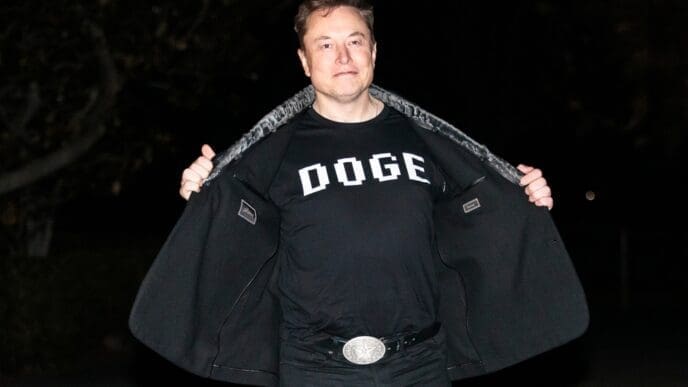In today’s volatile political, economic, and technological climate, businesses are grappling with mounting challenges in protecting their leaders. The recent assassination of Brian Thompson, CEO of UnitedHealthcare, underscores this complexity. Unlike some prominent executives who surround themselves with security, Thompson was unaccompanied, leaving him vulnerable to the shooter who attacked him without warning.
Security measures for CEOs vary widely across different companies. While some organizations, particularly in the tech industry, spend substantial sums on executive protection, others take a more relaxed approach. For example, Meta, known for its significant investments in security for its CEO and executives, spent $24.4 million last year alone. This expense reflects a broader strategy to mitigate risks associated with being high-profile targets. As Meta explained, public sentiment often correlates strongly with its CEO, Mark Zuckerberg, necessitating heightened security.
In contrast, Apple’s spending on executive security, including measures for CEO Tim Cook, is significantly lower despite past incidents involving stalkers. Still, the protection of top executives is not merely about expenditure but also about effectively assessing and responding to threats. Only about a quarter of Fortune 500 companies allocate resources for executive security, with median spending having doubled over the past three years.
Investor meetings, such as the one Thompson was attending, present particular risks due to their public nature and detailed disclosures of time and venue. Dave Komendat, an expert in risk management, notes that such transparency gives potential threats a chance to plan in advance. Consequently, companies often enhance security at these events, mimicking airport-style checks, or they avoid physical gatherings altogether, opting for virtual meetings instead.
Despite these measures, many executives remain accessible, a practice rooted in company culture that values open communication with stakeholders. However, experts like Fred Burton argue that while companies may be adept at gathering data on potential threats, interpreting these signals remains a challenge. Corporations employ sophisticated tools, including artificial intelligence, to monitor online activity and identify threats, both on social media and the dark web.
The need to balance accessibility with security is critical, as underscored by the 525 workplace fatalities from assaults recorded in 2022. High-risk sectors include healthcare, education, and services; within such contexts, rideshare drivers, for instance, face disproportionate dangers. As businesses navigate these challenges, the recent events surrounding Thompson’s death serve as a reminder and a catalyst for re-evaluating executive protection protocols.
The tragic death of Brian Thompson is more than just a corporate loss; it is a call to action for companies worldwide to reassess their security strategies. As the landscape of public sentiment and online discourse evolves, so must the approaches to protecting those at the helm of our most influential organizations.
Source: Apnews














